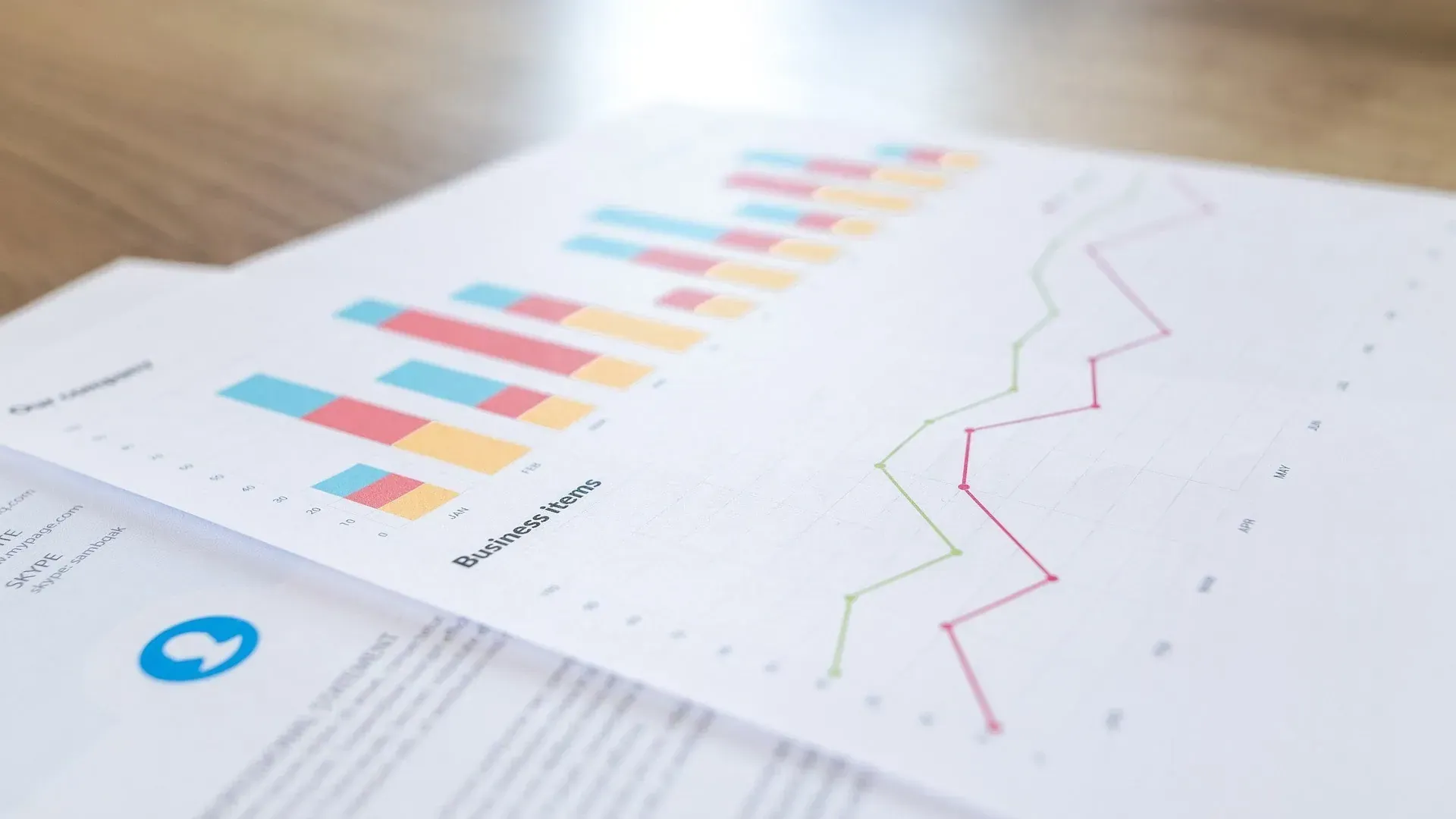The Power of Data Storytelling with Tableau
In the age of big data, businesses are sitting on vast amounts of information, yet many struggle to turn that data into actionable insights. Data, when presented in rows and columns, can be overwhelming and fail to communicate its full value. That’s where data storytelling comes in—bridging the gap between raw data and decision-making by turning data into compelling narratives. With Tableau, businesses can elevate their data storytelling to drive better understanding, engagement, and ultimately, smarter decisions.
What is Data Storytelling?
Data storytelling is the practice of weaving data into a narrative that engages the audience and helps them understand the meaning behind the numbers. It goes beyond charts and graphs by adding context, visuals, and a storyline that makes the data more relatable and impactful.
Think of it this way: a spreadsheet might tell you that sales are up by 20%, but a well-crafted data story can explain why sales are up, identify trends over time, and illustrate what steps should be taken next. With the right tools, you can transform numbers into narratives that drive action.
How Tableau Enhances Data Storytelling
Tableau is more than just a data visualization tool—it’s a platform designed to help you tell data-driven stories that resonate with your audience. Here’s how Tableau empowers businesses to excel in data storytelling
1. Dynamic and Interactive Visualizations
Traditional reports and static charts often fail to engage audiences. Tableau changes this by allowing users to create dynamic, interactive visualizations that can adapt to different audience needs. With the click of a button, users can drill down into specific data points, filter results in real-time, and explore different scenarios. This interactivity allows the audience to engage with the data and discover insights on their own, making the story more meaningful.
2. Combining Data and Narrative
A key element of successful data storytelling is combining narrative and data in a way that makes the story easy to follow. Tableau allows you to layer context on top of your data visualizations. Using annotations, tooltips, and dashboard descriptions, you can guide your audience through the story, pointing out key insights and trends along the way.
For example, instead of simply showing a bar chart of quarterly sales, you can add narrative elements explaining why certain quarters outperformed others, what external factors might have influenced the results, and what the business can learn from these patterns.
3. Bringing Data to Life with Visuals
Humans are naturally visual learners. According to studies, people process visual information 60,000 times faster than text. Tableau leverages this power by offering a wide array of visualization options—from basic charts to more advanced visuals like heat maps, scatter plots, and geospatial maps.
These visuals don’t just make your data look more attractive; they make it easier to understand complex datasets. Tableau’s ability to turn raw data into engaging visuals helps you tell stories that your audience can comprehend and act on, even if they don’t have a background in data analytics.
4. Real-Time Data Insights
A great data story is often about responding to real-time changes, whether it’s tracking the progress of a marketing campaign, monitoring operational performance, or assessing financial health. Tableau’s ability to connect to live data sources allows users to tell stories based on the most current data available.
For example, a retail company can use real-time data to show how sales fluctuate throughout the day. This helps decision-makers quickly understand the impact of promotions or external factors, enabling them to take immediate action.
5. Personalization for Different Audiences
One of the challenges in data storytelling is ensuring that the story resonates with different stakeholders. A financial analyst might be interested in detailed numbers, while a CEO may prefer a high-level overview of key performance indicators (KPIs). Tableau allows you to personalize data stories based on the audience’s needs.
With Tableau, you can create multiple views and dashboards tailored to different stakeholders. For example, a single dataset can be used to tell one story to the sales team focusing on sales performance, while telling a different story to marketing about customer acquisition costs. Tableau’s flexibility ensures that every stakeholder gets the data story that is most relevant to them.
6. Simplifying Complex Data
Complex datasets can often make it difficult to convey clear insights. Tableau simplifies this process by enabling users to filter, group, and summarize data easily. This allows you to break down complex data into simple, digestible stories that can be understood at a glance.
By using Tableau’s data blending and aggregating features, you can combine multiple data sources into a single, coherent narrative. This makes it easier for decision-makers to focus on the key takeaways rather than getting lost in the details.
7. Encouraging Data-Driven Decisions
At its core, data storytelling is about turning insights into action. Tableau’s ability to highlight patterns, trends, and outliers encourages teams to make data-driven decisions rather than relying on gut instincts or incomplete information.
For example, by telling a story about customer behavior and preferences through Tableau’s visualizations, businesses can make informed decisions on product development, marketing strategies, and customer engagement.
The Three Key Components of a Good Data Story in Tableau
To craft an effective data story using Tableau, it’s essential to focus on three key components:
- Data: Ensure that the data you're using is accurate, clean, and relevant to the narrative you want to tell. The insights should be based on real and reliable data sources.
- Visuals: Use Tableau's range of visualization tools to bring your data to life. Select visual formats that best convey your message, such as line graphs for trends, bar charts for comparisons, or heat maps for geographic data.
- Narrative: Provide context for your data by guiding your audience through the story. This can include adding explanations, insights, and action points that connect the data to real-world implications.
In the digital age, data storytelling is more than just a trend—it’s an essential skill for businesses looking to gain a competitive edge. With Tableau, you have a powerful tool to transform your raw data into engaging narratives that not only inform but inspire action.
At Arctic Analytx, we specialize in helping businesses harness the power of Tableau to elevate their data storytelling capabilities. Contact us today to learn how we can help your organization turn data into actionable insights with Tableau.



